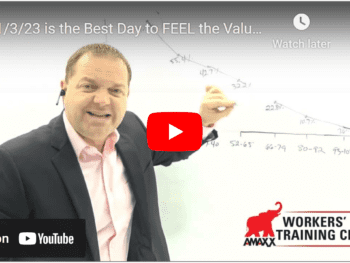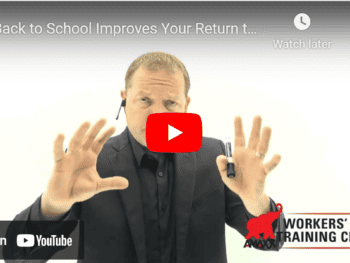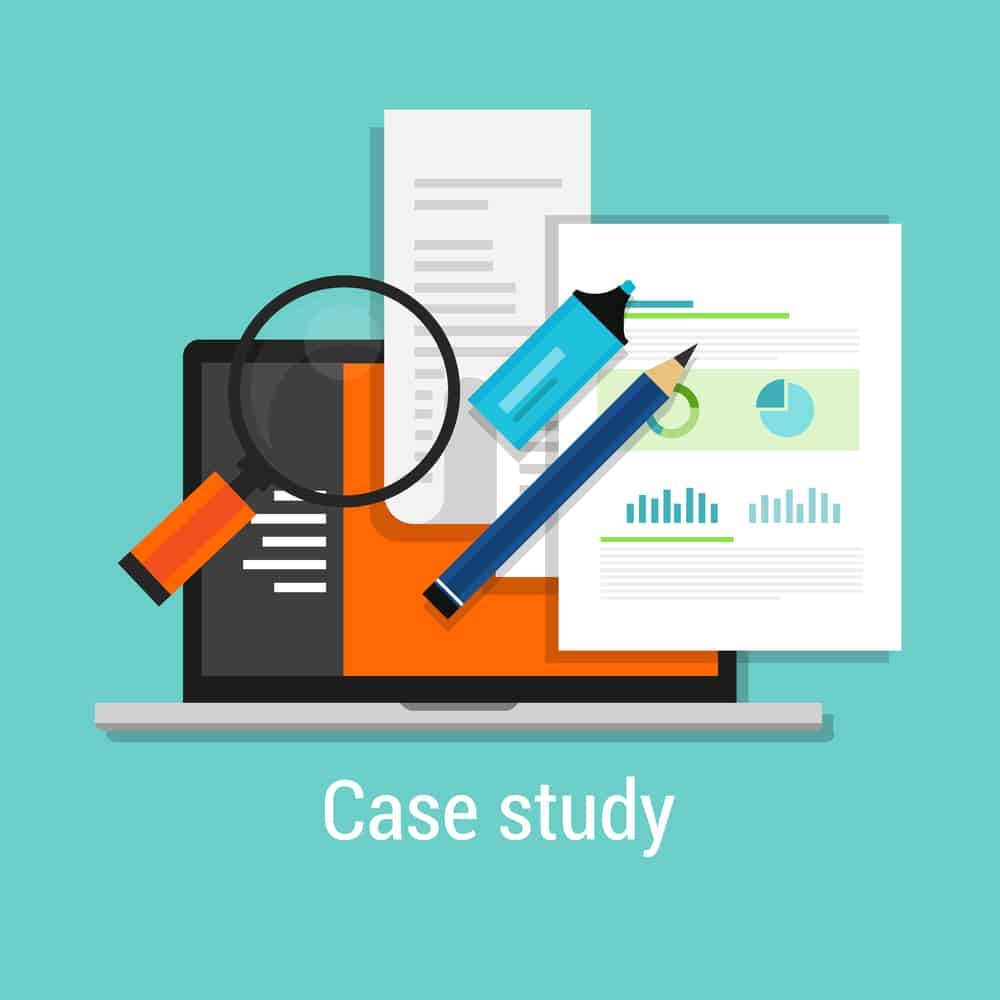How familiar are you with the physical demands of every job in your company? That may sound like a loaded question, but the more understanding you have of each job, the better you’ll be at preventing injuries, reducing workers’ compensation costs and improving your bottom line.
However, many companies face the challenge of lack of time or resources to do a thorough and complete job of developing a physical demands database. The development of technology and artificial intelligence now makes this easy.
Why It’s Important
Let’s take drivers at a trucking company as an example. We know that long hours of sitting are required. We know when the drivers reach their destinations they must unload and reload the truck. And let’s say we even know that the items being off- and on-loaded weigh approx. 50 lbs. each.
Based on the 5 strength categories outlined by the Department of Labor – sedentary, light, medium, heavy, very heavy — we might conclude this particular job fits in either the ‘medium’ or ‘heavy’ strength category.
This is good information. But is it enough to ensure job applicant Fred can handle it, or Joe the returning injured worker won’t reinjure himself? Maybe there is more information we could use.
Click Link to Access Free PDF Download
“13 Research Studies to Prove Value of Return-to-Work Program & Gain Stakeholder Buy-In”
For example, how many 50-lb items are lifted per day on average? What percentage of the lifting time is spent with the item held at shoulder height, between waist and shoulder, or above shoulder height? Does the worker need to bend or twist in a certain way while moving the items on and off the truck? What, if any hand movement is required; i.e., are the items in boxes with handles, or does the worker pick up each item from the bottom? What surface heights are involved?
If Joe, returning from a shoulder injury, is to do this job, a basic description plus the DOL strength category of ‘medium’ might indicate he is a good fit. But if the job requires him to spend 1 – 2 hours each day with his hands reaching above shoulder level to off- and on-load the truck, Joe will be at high risk for reinjuring himself. In that case, we’d put Joe in another position that would not put undue stress on his shoulder. That is the benefit of accurate, precise and detailed job descriptions.
Physical Job Demand Descriptions
Physical job demand descriptions should provide as much detail as possible. In addition to the basic summary of the tasks involved, it should drill down to the specifics of the impact on any affected body part. For example, it should include the precise required angles of elbows, shoulders, and trunk; hand height; and reach distance.
Organizations should know exactly how much stress a job will put on a worker’s body and which parts specifically. Such knowledge will help make a much better decision about what workers can do which jobs without risk of injury.
Ergonomists are often called upon to help provide job descriptions, and with good reason. Their training gives them more insight into the physical demands of each task. However, advanced technology may be able to generate job descriptions that are at least as good and in less time, freeing up ergonomists to focus on developing programs to prevent injuries.
Researchers in Canada recently conducted a study to see how job descriptions created by video kinematics compared to those produced by two groups of ergonomists; experienced and novice.
Study
The researchers compared video-based joint angle and reach envelope measures for 10 simulated work tasks to the physical job demand descriptions from the ergonomists. As they pointed out, “physical job demand descriptions often lack detail and format standardization, require technical training and expertise, and are time-consuming to complete. A video-based physical job demands descriptions tool would significantly decrease the time burden on ergonomists in documenting job parameters and may aid practitioners in determining the suitability of a job for a worker returning from injury.”
Tasks were recorded using a fixed position smartphone camera that was synced with the motion capture. The video was analyzed by Canadian company MyAbilities Technologies, Inc., who uses digital job profiles for injury prevention, fitness for duty, as well as to facilitate timely return-to-work to the worker’s own or modified job.
FREE DOWNLOAD: “13 Research Studies to Prove Value of Return-to-Work Program & Gain Stakeholder Buy-In”
Physical job demand descriptions identifying the same angle and distance measures were done by the ergonomists for each task. The ergonomists estimated trunk angle, shoulder angle, elbow angle, hand height, and reach distance for the posture that represented the ‘greatest amount of the work cycle.’
“Overall percent agreement for video kinematics compared to motion capture was 82.5 percent,” the study said. “ video-based analytics had an equal or lower (i.e., better ) posture score than [either group of] ergonomists for 85 percent of ratings and was outright lower than both groups [of ergonomists] for 50 percent of ratings.”
The researchers said the study suggested that “video-based job task assessment may be a viable approach to improve accuracy and standardization of field physical demands analysis and minimize error in joint posture and reach envelope estimates.”
Conclusion
The study results are great news for organizations trying to prevent injuries — or re-injuries. By simply taking a video via smartphone of a worker doing job tasks and uploading it organizations can instantly have access to detailed job descriptions to help them make well-informed decisions when fitting workers to jobs and ensure they keep their workers safe and healthy.

Author Michael Stack, CEO Amaxx LLC. He is an expert in workers’ compensation cost containment systems and helps employers reduce their workers’ comp costs by 20% to 50%. He works as a consultant to large and mid-market clients, is a co-author of Your Ultimate Guide To Mastering Workers Comp Costs, a comprehensive step-by-step manual of cost containment strategies based on hands-on field experience, and is founder & lead trainer of Amaxx Workers’ Comp Training Center.
Contact: mstack@reduceyourworkerscomp.com.
Workers’ Comp Roundup Blog: https://blog.reduceyourworkerscomp.com/
©2019 Amaxx LLC. All rights reserved under International Copyright Law.
Do not use this information without independent verification. All state laws vary. You should consult with your insurance broker, attorney, or qualified professional.

















